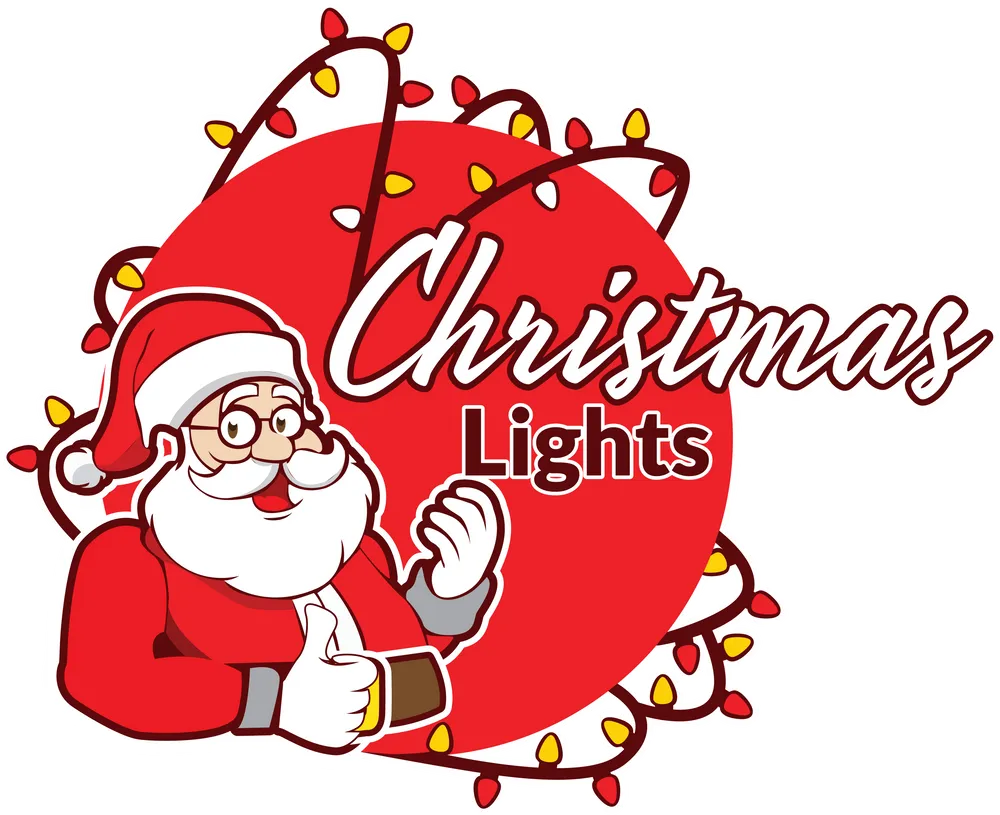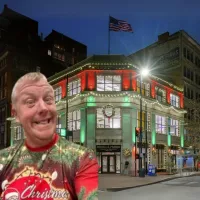Blog
Our Top Blog Posts
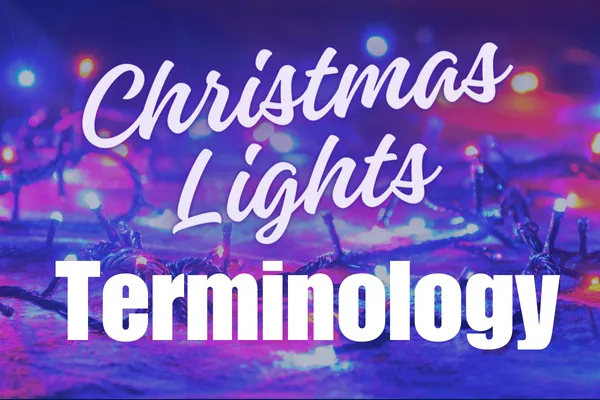
Understanding Christmas Lights Terminology
As you embark on unraveling the intricate tapestry of Christmas lights terminology, think of it as deciphering a complex puzzle where each piece holds a key to unlocking a magical holiday spectacle. The language of festive illumination can be both enlightening and daunting, yet understanding these terms is crucial. With a plethora of jargon surrounding bulb types, wire gauges, and color temperatures, you'll soon find yourself navigating this luminous landscape with confidence. Stay tuned to unravel the secrets behind creating a mesmerizing display that will leave your neighbors in awe and your home aglow with holiday cheer.

Types of Christmas Lights
When it comes to Christmas lights, understanding the different types is essential for creating a festive and well-lit holiday display. There are various options to choose from, each with its own unique characteristics.
First off, there are incandescent lights, which are traditional and emit a warm glow. These lights are a classic choice for many holiday decorators. Then, there are LED lights, known for being energy-efficient and long-lasting. LED lights have gained popularity for their durability and brightness.
If you prefer smaller lights for intricate decorations, mini lights are the way to go. These small lights are versatile and can be used in various creative ways. On the other hand, C9 lights feature larger bulbs that are often used for outlining roofs and pathways. These bulbs provide a bold and bright look to your display.
For a beautiful cascading effect, icicle lights are a popular choice. These lights create a stunning visual of hanging icicles, adding a magical touch to your holiday decor. With these different types of Christmas lights at your disposal, you can mix and match to create the perfect ambiance for your festive season.
Light String Features
Understanding the features of light strings is crucial for setting up your Christmas decorations effectively and safely. When setting up your display, consider features like end-to-end connections that allow you to connect multiple sets, ensuring you have enough length with head wire and tail wire for proper placement. Drops on icicle lights add a cascading effect, while stackable plugs make it easy to connect multiple sets without hassle.
End-to-end connections are essential for linking multiple light strings together, maximizing your decorating options. The head wire, which is the length between plugs and the first/last bulb, determines how far apart your lights can be placed, while the tail wire provides flexibility in positioning your lights. Drops on icicle and curtain lights create a beautiful visual effect, adding depth to your display. Stackable plugs with built-in receptacles simplify the process of connecting multiple sets, allowing for a seamless setup. Understanding these features will not only enhance the aesthetics of your Christmas decorations but also ensure a safe and efficient lighting display for the holiday season.
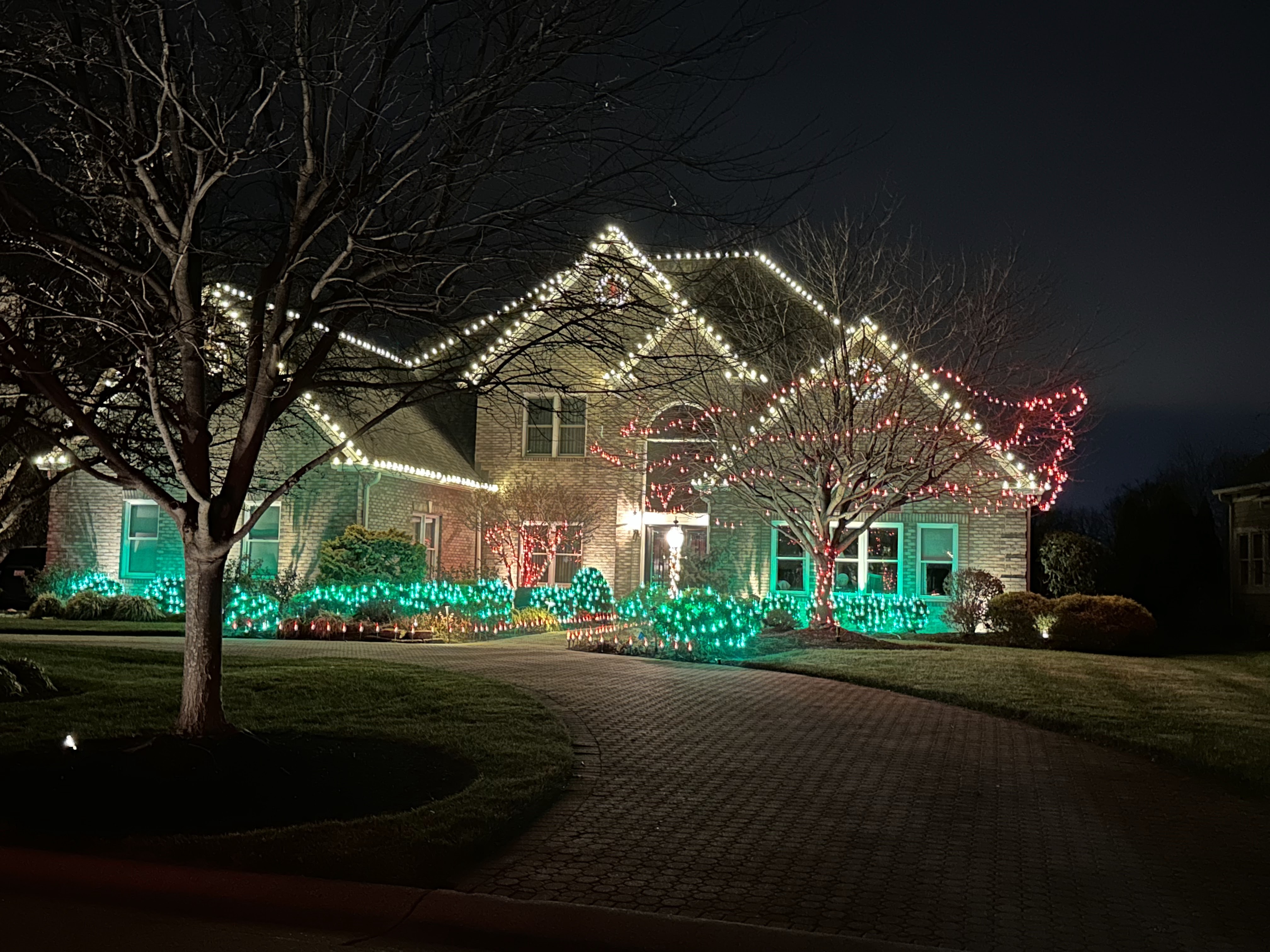
Technical Terms
To grasp the technical aspects of Christmas lights, familiarize yourself with key terms like amps, watts, voltage, and wire gauge. Amps, measured in amperes, indicate the amount of current flowing through the lights. Watts measure the electrical power consumed by the lights, influencing their brightness and energy usage. Voltage, akin to water pressure in a hose, is the electrical pressure in the wires and bulbs. It's crucial to match bulb voltage when replacing them to avoid damage. Wire gauge refers to the thickness of the wire; lower gauge numbers represent thicker wires that can handle more current.
Understanding these technical terms will help you troubleshoot issues, choose the right lights for your decor, and ensure safety. For instance, knowing the voltage of your lights can prevent overloading circuits. Being aware of wire gauge helps in connecting multiple light strings without overheating. By grasping amps and watts, you can estimate the electrical load your lights put on your outlets.
As you navigate the world of Christmas lights, these technical terms will empower you to make informed decisions and create dazzling displays with efficiency and safety in mind.

Safety and Efficiency
Familiarize yourself with safety and efficiency specifications to ensure your Christmas lights are used properly and safely. When selecting lights, look for the UL Listed mark, indicating they meet safety standards. Indoor/Outdoor Rated lights are designed for specific locations, so choose accordingly. Dimmable lights adjust to voltage changes, offering flexibility in brightness. Opt for Full Wave Rectified LEDs to avoid flickering. Be mindful of Maximum Connectivity guidelines to prevent overloading circuits.
To enhance efficiency, consider using LED lights for energy savings and longevity. These lights consume less power and last longer than traditional incandescent bulbs. Additionally, LED lights produce little heat, reducing the risk of fire hazards. When setting up your display, follow manufacturer instructions for safe installation and usage. Check wire gauge compatibility and avoid exceeding the maximum wattage for each socket.
Prioritize safety by inspecting lights for damage before use. Replace any worn or broken bulbs to prevent electrical issues. Use outdoor lights outdoors and indoor lights indoors to prevent damage and ensure proper functioning. By adhering to safety and efficiency guidelines, you can enjoy a dazzling and secure holiday lighting display.
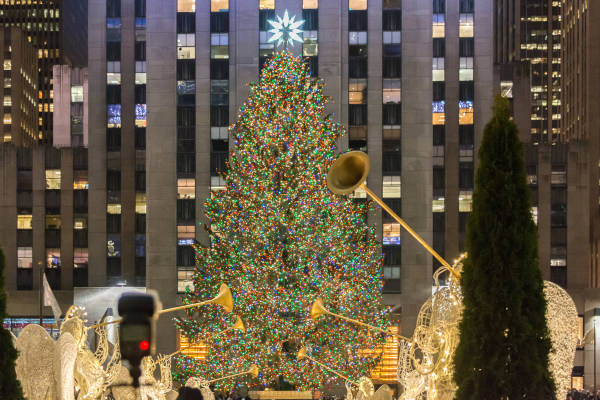
Christmas Light Displays
Experience the magic of Christmas through captivating light displays that illuminate the holiday season with joy and wonder. From the iconic Rockefeller Center tree in New York City to the elaborate decorations in Dyker Heights, Brooklyn, Christmas light displays bring communities together in a dazzling spectacle. The Osborne Family Spectacle of Dancing Lights at Disney World is a beloved tradition that enchants visitors with its synchronized light show, while the Trail of Lights in Austin, Texas, features stunning installations that sparkle with festive cheer. For a botanical wonderland, don't miss the Christmas Light Show at Longwood Gardens in Pennsylvania, where thousands of lights adorn the landscape in a mesmerizing display.
The tradition of using lights during Christmas dates back to the 17th century when candles were originally used to illuminate trees. In 1880, the first electric Christmas lights were displayed, leading to the widespread use of this festive decoration. President Calvin Coolidge initiated the National Christmas Tree Lighting Ceremony in 1923, further solidifying the tradition of brightening the holiday season with dazzling lights. General Electric's introduction of pre-assembled Christmas lights in the 1900s revolutionized the way we decorate for the holidays, making it easier for families to create their own magical displays.

DIY Christmas Decorations
For a cozy and festive touch to your holiday decor, consider creating DIY Christmas decorations using simple materials and creative ideas. Making your own decorations adds a personal touch to your home and can be a fun activity for the whole family. One easy DIY project is to create a lighted garland by wrapping mini lights around greenery such as pine branches or artificial garland. This will instantly brighten up your mantel, staircase, or doorway.
Another great idea is to make a lighted wreath using a wireframe and string lights. You can use traditional greenery for a classic look or get creative with unconventional materials like burlap or twine. Illuminate mason jars with battery-operated LED lights to create a warm and inviting atmosphere. These can be placed on tables, shelves, or windowsills for a charming glow.
If you want to add a whimsical touch to your outdoor decor, consider crafting a lighted snowman using white string lights and a wireframe. This friendly snowman will delight neighbors and passersby with its cheerful glow. For a more elegant centerpiece, place pillar candles among twinkling lights to create a magical ambiance at your holiday gatherings. With a little imagination and some basic supplies, you can transform your home into a winter wonderland with DIY Christmas decorations.
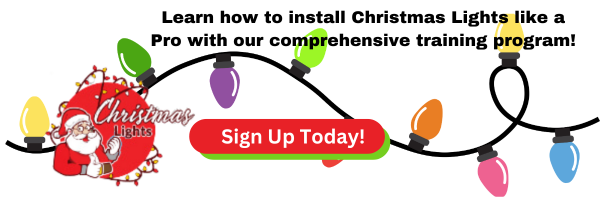
Christmas Lights History
Delving into the origins of Christmas lights, you uncover a rich history intertwined with festive traditions and technological advancements. The tradition of using lights during Christmas dates back to the 17th century when candles adorned trees for the first time. The first electric Christmas lights were displayed in 1880, marking a significant shift towards safer and more convenient lighting options for the holiday season. General Electric further popularized Christmas lights in the 1900s by introducing pre-assembled sets, making it easier for families to decorate their homes.
In 1923, President Calvin Coolidge initiated the National Christmas Tree Lighting Ceremony, a tradition that continues to this day. This event further solidified the importance of Christmas lights in festive celebrations across the country. Before electric lights became prevalent, candles were the primary source of illumination for Christmas trees, albeit with added fire hazards.
The evolution of Christmas lights showcases a blend of innovation and nostalgia, with modern LED lights offering energy-efficient and long-lasting alternatives to traditional incandescent bulbs. For more in depth look at the history of Christmas Lights, see our blog post: From Candle Glow to LED Show: The Evolution of Christmas Tree Illumination. As you admire the elaborate light displays in places like Rockefeller Center, Dyker Heights, and Disney World, remember that the humble beginnings of Christmas lights have paved the way for the dazzling spectacles we enjoy today.
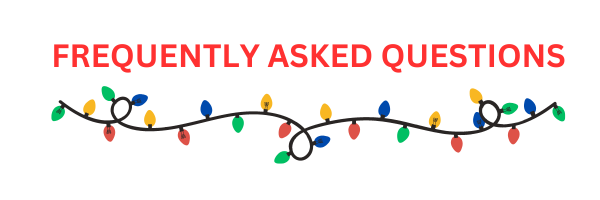
What Are Some Common Troubleshooting Tips for Christmas Lights That Are Not Working Properly?
If your Christmas lights aren't working properly, start by checking for loose or broken bulbs. Inspect the wiring for any damage, and make sure the plug is securely connected. Test the outlet with another device to rule out electrical issues. Consider replacing any faulty bulbs or fuses. If the problem persists, it might be best to replace the entire light string for safety. Remember, always prioritize safety when dealing with electrical decorations.
How Can I Calculate the Total Wattage or Amperage of Multiple Light Strings Connected Together?
To calculate the total wattage or amperage of multiple light strings connected together, simply add up the individual wattages or amperages of each string. For wattage, multiply the number of bulbs in each string by their wattage, then add them together. For amperage, sum the current ratings of each string. This calculation ensures you stay within the electrical capacity of your setup for safe operation.
Are There Any Specific Precautions to Take When Storing Christmas Lights to Ensure They Last Longer?
When storing Christmas lights to make them last longer, ensure you untangle and neatly coil them to prevent damage. Store them in a cool, dry place away from sunlight to avoid color fading or heat damage. Use storage containers or reels to keep the lights organized and protected from dust and moisture. Checking for any broken bulbs or frayed wires before storage can help prevent further damage and ensure they are ready to use next holiday season.
What Are Some Creative Ways to Use Christmas Lights Indoors Other Than Traditional Decorations?
When thinking about creative ways to use Christmas lights indoors, consider incorporating them into your bedroom decor by draping them around your headboard for a cozy ambiance. You could also string lights along a bookshelf to highlight your favorite reads or create a stunning photo wall by weaving them among your pictures. These simple yet effective ideas can add a touch of warmth and magic to any room in your home.
Can LED and Incandescent Lights Be Mixed Together on the Same Light String Safely?
Yes, you can safely mix LED lights and incandescent lights on the same string. LEDs and incandescents operate at different voltages and won't interfere with each other. Ensure the total wattage does not exceed the manufacturer's recommendations to prevent overload. Mixing both types can create a unique lighting effect, combining the energy efficiency of LEDs with the warm glow of incandescent lights. Enjoy experimenting with your light displays!


Understanding Christmas Lights Terminology
As you embark on unraveling the intricate tapestry of Christmas lights terminology, think of it as deciphering a complex puzzle where each piece holds a key to unlocking a magical holiday spectacle. The language of festive illumination can be both enlightening and daunting, yet understanding these terms is crucial. With a plethora of jargon surrounding bulb types, wire gauges, and color temperatures, you'll soon find yourself navigating this luminous landscape with confidence. Stay tuned to unravel the secrets behind creating a mesmerizing display that will leave your neighbors in awe and your home aglow with holiday cheer.

Types of Christmas Lights
When it comes to Christmas lights, understanding the different types is essential for creating a festive and well-lit holiday display. There are various options to choose from, each with its own unique characteristics.
First off, there are incandescent lights, which are traditional and emit a warm glow. These lights are a classic choice for many holiday decorators. Then, there are LED lights, known for being energy-efficient and long-lasting. LED lights have gained popularity for their durability and brightness.
If you prefer smaller lights for intricate decorations, mini lights are the way to go. These small lights are versatile and can be used in various creative ways. On the other hand, C9 lights feature larger bulbs that are often used for outlining roofs and pathways. These bulbs provide a bold and bright look to your display.
For a beautiful cascading effect, icicle lights are a popular choice. These lights create a stunning visual of hanging icicles, adding a magical touch to your holiday decor. With these different types of Christmas lights at your disposal, you can mix and match to create the perfect ambiance for your festive season.
Light String Features
Understanding the features of light strings is crucial for setting up your Christmas decorations effectively and safely. When setting up your display, consider features like end-to-end connections that allow you to connect multiple sets, ensuring you have enough length with head wire and tail wire for proper placement. Drops on icicle lights add a cascading effect, while stackable plugs make it easy to connect multiple sets without hassle.
End-to-end connections are essential for linking multiple light strings together, maximizing your decorating options. The head wire, which is the length between plugs and the first/last bulb, determines how far apart your lights can be placed, while the tail wire provides flexibility in positioning your lights. Drops on icicle and curtain lights create a beautiful visual effect, adding depth to your display. Stackable plugs with built-in receptacles simplify the process of connecting multiple sets, allowing for a seamless setup. Understanding these features will not only enhance the aesthetics of your Christmas decorations but also ensure a safe and efficient lighting display for the holiday season.

Technical Terms
To grasp the technical aspects of Christmas lights, familiarize yourself with key terms like amps, watts, voltage, and wire gauge. Amps, measured in amperes, indicate the amount of current flowing through the lights. Watts measure the electrical power consumed by the lights, influencing their brightness and energy usage. Voltage, akin to water pressure in a hose, is the electrical pressure in the wires and bulbs. It's crucial to match bulb voltage when replacing them to avoid damage. Wire gauge refers to the thickness of the wire; lower gauge numbers represent thicker wires that can handle more current.
Understanding these technical terms will help you troubleshoot issues, choose the right lights for your decor, and ensure safety. For instance, knowing the voltage of your lights can prevent overloading circuits. Being aware of wire gauge helps in connecting multiple light strings without overheating. By grasping amps and watts, you can estimate the electrical load your lights put on your outlets.
As you navigate the world of Christmas lights, these technical terms will empower you to make informed decisions and create dazzling displays with efficiency and safety in mind.

Safety and Efficiency
Familiarize yourself with safety and efficiency specifications to ensure your Christmas lights are used properly and safely. When selecting lights, look for the UL Listed mark, indicating they meet safety standards. Indoor/Outdoor Rated lights are designed for specific locations, so choose accordingly. Dimmable lights adjust to voltage changes, offering flexibility in brightness. Opt for Full Wave Rectified LEDs to avoid flickering. Be mindful of Maximum Connectivity guidelines to prevent overloading circuits.
To enhance efficiency, consider using LED lights for energy savings and longevity. These lights consume less power and last longer than traditional incandescent bulbs. Additionally, LED lights produce little heat, reducing the risk of fire hazards. When setting up your display, follow manufacturer instructions for safe installation and usage. Check wire gauge compatibility and avoid exceeding the maximum wattage for each socket.
Prioritize safety by inspecting lights for damage before use. Replace any worn or broken bulbs to prevent electrical issues. Use outdoor lights outdoors and indoor lights indoors to prevent damage and ensure proper functioning. By adhering to safety and efficiency guidelines, you can enjoy a dazzling and secure holiday lighting display.

Christmas Light Displays
Experience the magic of Christmas through captivating light displays that illuminate the holiday season with joy and wonder. From the iconic Rockefeller Center tree in New York City to the elaborate decorations in Dyker Heights, Brooklyn, Christmas light displays bring communities together in a dazzling spectacle. The Osborne Family Spectacle of Dancing Lights at Disney World is a beloved tradition that enchants visitors with its synchronized light show, while the Trail of Lights in Austin, Texas, features stunning installations that sparkle with festive cheer. For a botanical wonderland, don't miss the Christmas Light Show at Longwood Gardens in Pennsylvania, where thousands of lights adorn the landscape in a mesmerizing display.
The tradition of using lights during Christmas dates back to the 17th century when candles were originally used to illuminate trees. In 1880, the first electric Christmas lights were displayed, leading to the widespread use of this festive decoration. President Calvin Coolidge initiated the National Christmas Tree Lighting Ceremony in 1923, further solidifying the tradition of brightening the holiday season with dazzling lights. General Electric's introduction of pre-assembled Christmas lights in the 1900s revolutionized the way we decorate for the holidays, making it easier for families to create their own magical displays.

DIY Christmas Decorations
For a cozy and festive touch to your holiday decor, consider creating DIY Christmas decorations using simple materials and creative ideas. Making your own decorations adds a personal touch to your home and can be a fun activity for the whole family. One easy DIY project is to create a lighted garland by wrapping mini lights around greenery such as pine branches or artificial garland. This will instantly brighten up your mantel, staircase, or doorway.
Another great idea is to make a lighted wreath using a wireframe and string lights. You can use traditional greenery for a classic look or get creative with unconventional materials like burlap or twine. Illuminate mason jars with battery-operated LED lights to create a warm and inviting atmosphere. These can be placed on tables, shelves, or windowsills for a charming glow.
If you want to add a whimsical touch to your outdoor decor, consider crafting a lighted snowman using white string lights and a wireframe. This friendly snowman will delight neighbors and passersby with its cheerful glow. For a more elegant centerpiece, place pillar candles among twinkling lights to create a magical ambiance at your holiday gatherings. With a little imagination and some basic supplies, you can transform your home into a winter wonderland with DIY Christmas decorations.

Christmas Lights History
Delving into the origins of Christmas lights, you uncover a rich history intertwined with festive traditions and technological advancements. The tradition of using lights during Christmas dates back to the 17th century when candles adorned trees for the first time. The first electric Christmas lights were displayed in 1880, marking a significant shift towards safer and more convenient lighting options for the holiday season. General Electric further popularized Christmas lights in the 1900s by introducing pre-assembled sets, making it easier for families to decorate their homes.
In 1923, President Calvin Coolidge initiated the National Christmas Tree Lighting Ceremony, a tradition that continues to this day. This event further solidified the importance of Christmas lights in festive celebrations across the country. Before electric lights became prevalent, candles were the primary source of illumination for Christmas trees, albeit with added fire hazards.
The evolution of Christmas lights showcases a blend of innovation and nostalgia, with modern LED lights offering energy-efficient and long-lasting alternatives to traditional incandescent bulbs. For more in depth look at the history of Christmas Lights, see our blog post: From Candle Glow to LED Show: The Evolution of Christmas Tree Illumination. As you admire the elaborate light displays in places like Rockefeller Center, Dyker Heights, and Disney World, remember that the humble beginnings of Christmas lights have paved the way for the dazzling spectacles we enjoy today.

What Are Some Common Troubleshooting Tips for Christmas Lights That Are Not Working Properly?
If your Christmas lights aren't working properly, start by checking for loose or broken bulbs. Inspect the wiring for any damage, and make sure the plug is securely connected. Test the outlet with another device to rule out electrical issues. Consider replacing any faulty bulbs or fuses. If the problem persists, it might be best to replace the entire light string for safety. Remember, always prioritize safety when dealing with electrical decorations.
How Can I Calculate the Total Wattage or Amperage of Multiple Light Strings Connected Together?
To calculate the total wattage or amperage of multiple light strings connected together, simply add up the individual wattages or amperages of each string. For wattage, multiply the number of bulbs in each string by their wattage, then add them together. For amperage, sum the current ratings of each string. This calculation ensures you stay within the electrical capacity of your setup for safe operation.
Are There Any Specific Precautions to Take When Storing Christmas Lights to Ensure They Last Longer?
When storing Christmas lights to make them last longer, ensure you untangle and neatly coil them to prevent damage. Store them in a cool, dry place away from sunlight to avoid color fading or heat damage. Use storage containers or reels to keep the lights organized and protected from dust and moisture. Checking for any broken bulbs or frayed wires before storage can help prevent further damage and ensure they are ready to use next holiday season.
What Are Some Creative Ways to Use Christmas Lights Indoors Other Than Traditional Decorations?
When thinking about creative ways to use Christmas lights indoors, consider incorporating them into your bedroom decor by draping them around your headboard for a cozy ambiance. You could also string lights along a bookshelf to highlight your favorite reads or create a stunning photo wall by weaving them among your pictures. These simple yet effective ideas can add a touch of warmth and magic to any room in your home.
Can LED and Incandescent Lights Be Mixed Together on the Same Light String Safely?
Yes, you can safely mix LED lights and incandescent lights on the same string. LEDs and incandescents operate at different voltages and won't interfere with each other. Ensure the total wattage does not exceed the manufacturer's recommendations to prevent overload. Mixing both types can create a unique lighting effect, combining the energy efficiency of LEDs with the warm glow of incandescent lights. Enjoy experimenting with your light displays!

Copyright ©2025 All Right Reserved website designed by christmaslights.io
Terms of Service / Privacy Policy
Have questions or need assistance?
Contact us at (855)619-LITE

